Temple of Heaven: A Glimpse into China’s Spiritual and Architectural Grandeur
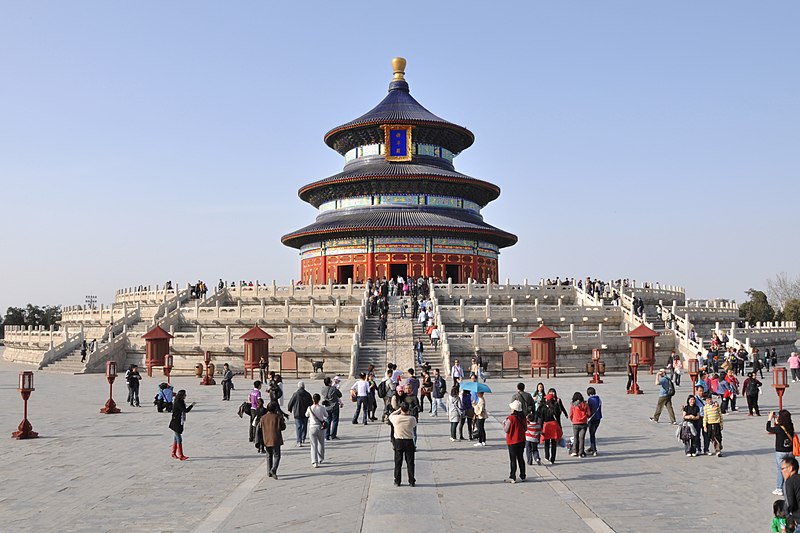
Temple of Heaven: A Glimpse into China’s Spiritual and Architectural Grandeur
The Temple of Heaven, or “Tiān Tán” (天坛) in Mandarin, is a complex of religious buildings situated in the southeastern part of Beijing. Built in the early 15th century, during the reign of the Ming dynasty emperor, Yongle, who was also responsible for constructing the Forbidden City, the Temple of Heaven stands as a testament to China’s rich cultural and spiritual history. It was here that the emperors of the Ming and Qing dynasties would go to pray for good harvests, seek divine guidance, and perform sacred rites.

Historical Background
The Temple of Heaven, designed by the same notable architects that contributed to the Forbidden City, spans over 267 hectares, making it larger than the Forbidden City itself. Its construction was completed in 1420, but it underwent several renovations and modifications over the centuries, maintaining both its grandeur and religious significance.
Architectural Significance
The temple complex is renowned for its stunning architecture, characterized by symmetrical design, intricate carvings, and vivid color schemes. The complex is divided into two main sections: the Inner Temple and the Outer Temple. The most prominent structures are:
The Hall of Prayer for Good Harvests (祈年殿)
The most iconic building in the Temple of Heaven complex, the Hall of Prayer for Good Harvests, is where emperors would pray for a bountiful harvest. This magnificent edifice stands on a triple-tiered marble terrace and is a perfect example of traditional Chinese wooden architecture.
- Design: A circular wooden structure, the hall has three tiers of eaves and is topped with a golden finial. The roof is covered with blue glazed tiles to represent the sky. The interior contains 28 massive wooden pillars, symbolizing the 4 seasons, 12 months, and the 12 traditional Chinese hours.
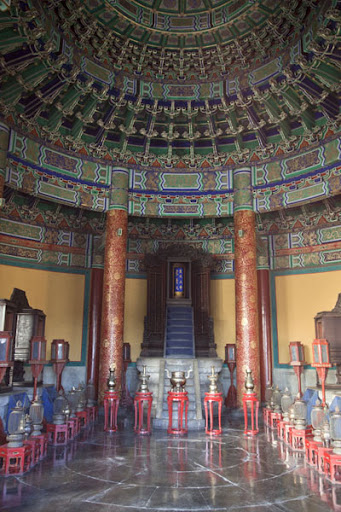
The Imperial Vault of Heaven (皇穹宇)
Located to the south of the Hall of Prayer for Good Harvests, the Imperial Vault of Heaven is a smaller, circular building with a single roof eave and blue tiles. Here, tablets of the ancestors were stored and honored.
- Echo Wall: Surrounding the Imperial Vault of Heaven is the Echo Wall, a circular wall renowned for its acoustic properties. Sound waves can travel along the curved surface, making it possible to hear whispers from one end of the wall to the other.
The Circular Mound Altar (圜丘坛)
Built in 1530 and reconstructed in 1740, the Circular Mound Altar is the most significant ceremonial site in the Temple of Heaven. This altar is where the emperor would offer sacrifices to Heaven during the winter solstice.
- Design: The Circular Mound Altar features a series of concentric circles, symbolizing the connection between heaven and earth. The number nine, representing the emperor, is a recurrent theme, with the outermost circle comprising 81 stones (9×9) and the innermost circle having 9 stones.
Spiritual and Cultural Importance
Rituals and Ceremonies
The Temple of Heaven was the focal point for the most important imperial rituals. Emperors, believed to be the Sons of Heaven, would perform elaborate ceremonies to communicate with celestial deities. These rituals were meticulously planned, involving music, dance, and offerings. The most significant ceremony was the sacrificial ritual during the winter solstice, which symbolized the harmony between heaven and earth.
Symbolism
The layout and design of the Temple of Heaven are imbued with profound symbolism. The circular shape of the buildings represents heaven, while the squares and rectangles are symbolic of the earth. The north-south axis on which the complex is aligned signifies the connection between the emperor and the divine.
UNESCO World Heritage Site
In 1998, the Temple of Heaven was inscribed as a UNESCO World Heritage Site. It was recognized for its historical, cultural, and architectural significance. UNESCO lauded the Temple of Heaven as a masterpiece of architecture and landscape design, which illustrates the ancient philosophy, cosmology, and aesthetics of the Chinese civilization.
Modern-Day Significance
Today, the Temple of Heaven is one of the most visited tourist attractions in Beijing. It has also become a popular site for locals, particularly during the early morning hours when the park comes alive with people practicing Tai Chi, playing traditional musical instruments, and engaging in various forms of exercise.
Preservation Efforts
Preserving the Temple of Heaven is an ongoing challenge. Restoration efforts have been implemented to retain the site’s original splendor while ensuring it can accommodate the millions of visitors it attracts each year.
Cultural Events
Throughout the year, the Temple of Heaven hosts various cultural events and festivals. The annual Temple Fair, held during the Chinese New Year, is a vibrant celebration that attracts thousands of visitors.
Visitor Information
Location
The Temple of Heaven is located in the Chongwen District, southeast of the Forbidden City. It is easily accessible by public transport, with several bus lines and the Beijing subway system serving the area.
Opening Hours
The park opens daily from 6:00 AM to 10:00 PM, while the main buildings are open from 8:00 AM to 5:00 PM. It is advisable to check the official website for any changes in timing or special closures.
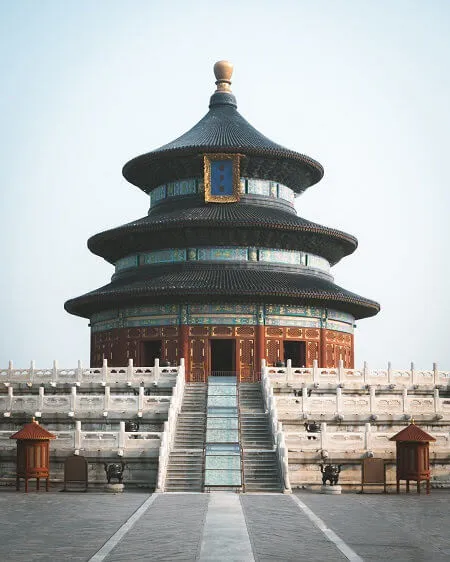
Ticket Prices
Ticket prices vary depending on the season and the type of ticket (park entry vs. entry to the main buildings). Generally, the combined ticket, which includes access to all major structures, costs around 30-40 RMB.
Best Time to Visit
The best time to visit the Temple of Heaven is during the spring (March to May) or autumn (September to November) when the weather is mild, and the gardens are in full bloom. Early morning visits can offer a more peaceful experience, away from the crowds.
Conclusion
The Temple of Heaven is not just a testament to China’s architectural prowess but also a window into the nation’s spiritual and cultural heritage. Its harmonious design, coupled with its historical significance, makes it an unmissable destination for anyone traveling to Beijing. Whether you are an architecture enthusiast, a history buff, or simply a traveler seeking to understand the depth of Chinese culture, the Temple of Heaven promises an enriching experience that lingers long after your visit.

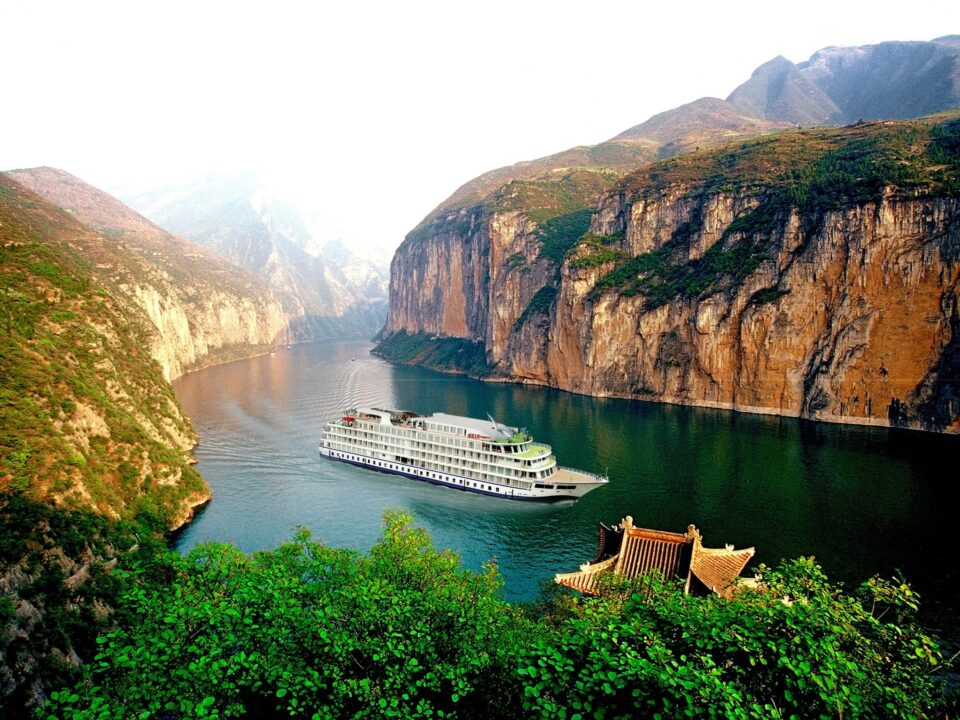
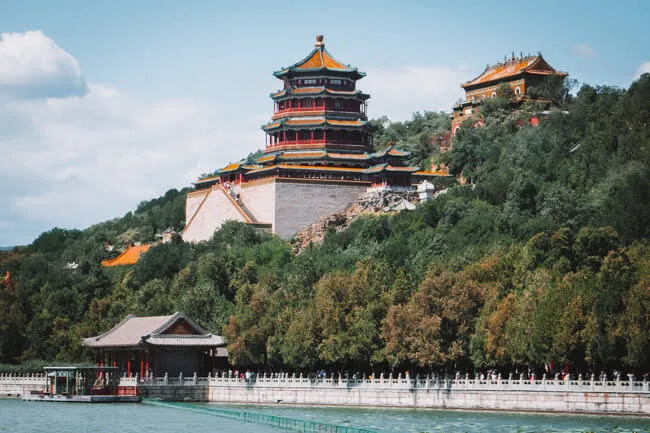
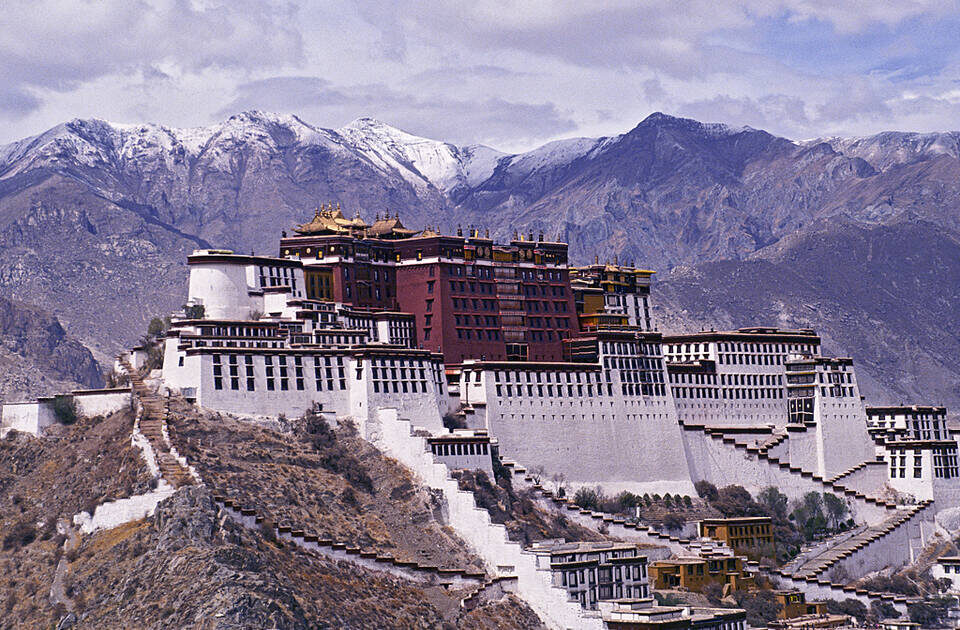
2 Comments
[…] Temple of Heaven: A Glimpse into China’s Spiritual and Architectural Grandeur […]
Real Estate Awesome! Its genuinely remarkable post, I have got much clear idea regarding from this post . Real Estate